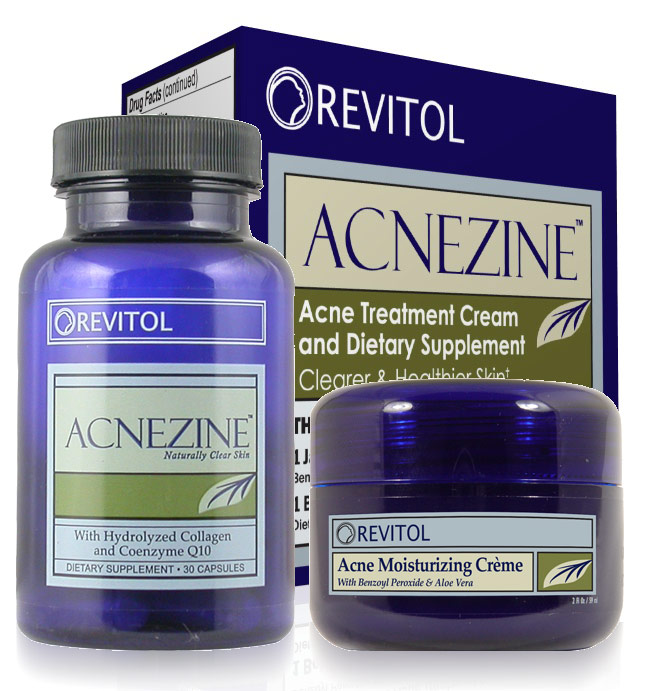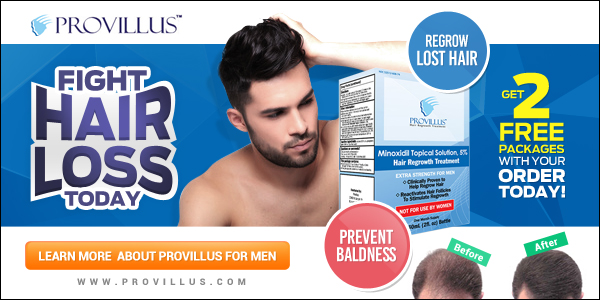Get Shaving Product Samples Now!
Shaving cream or shaving foam is a frothy cosmetic cream applied to body hair, usually facial hair, to facilitate shaving. The use of cream achieves three effects: lubricates the cutting process; swells keratin; and desensitizes skin. Shaving creams commonly consist of an emulsion of oils, soaps or surfactants, and water.
The first can of pressurized shaving cream was Rise shaving cream, which was introduced by Carter-Wallace in 1949.[6] By the following decade this format attained two-thirds of the American market for shaving preparations. The gas in shaving cream canisters originally contained chlorofluorocarbons (CFCs), but this substance was increasingly believed to be detrimental to the Earth's ozone layer. This led to restrictions or reductions in CFC use, such as the United States Environmental Protection Agency ban in the late 1970s. Gaseous hydrocarbon propellants such as mixtures of pentane, propane, butane and isobutane could be used instead of the CFCs. Because of the large proportion of water in pressurized shaving cream, the risk from the normally flammable hydrocarbons was reduced.
In the 1970s, shaving gel was developed that is dispensed from a pressurized can.[11] In 1993, The Procter & Gamble Company patented a post-foaming gel composition, which turns the gel into a foam after application to the skin, combining properties of both foams and gels.
Aftershave is a liquid product applied to skin after shaving. It contains an antiseptic agent such as denatured alcohol, stearate citrate or witch hazel to prevent infection of cuts, as well as to act as an astringent to reduce skin irritation. Menthol is used in some varieties as well to numb damaged skin, and it is an ingredient that shaving cream manufacturers have started including in their formulations, too.
An alcohol-based aftershave usually causes an immediate stinging sensation after applying it post-shave, with effects sometimes lasting several minutes,[1] but most commonly only for seconds. For this reason, a market consisting of highly differentiated products has been created—some using alcohols, some not.
Some aftershaves use fragrance or essential oil to enhance scent. Moisturizers—natural and artificial, are often touted as able to soften the skin.
Aftershave is sometimes mistakenly referred to as eau de cologne due to the very similar nature of the two products. Some aftershave manufacturers encourage using their fragranced aftershave as if it were cologne, in order to increase sales by encouraging consumers to use it in a more versatile manner, rather than just after a shaving session. Some aftershaves were inspired by a cologne.
Early aftershaves included witch-hazel and bay rum, and have been documented in shaving guides. Both still are sold as aftershaves.
A razor is a bladed tool primarily used in the removal of unwanted body hair through the act of shaving. Kinds of razors include straight razors, disposable razor, and electric razors.
While the razor has been in existence since before the Bronze Age (the oldest razor-like object has been dated to 18,000 B.C.), the most common type of razor in current usage is the safety or electric razor, though other kinds are still in use.
Shaving oil is normally a vegetable oil, blend of vegetable oils or siloxanes with essential oils that can be used as a stand-alone shaving lubricant or as pre-shave underneath shaving cream, soap or gel, to facilitate the shaving of facial and other body hair. Often these products would work best by wetting the area before the razor is used.
Animal fats and vegetable oils might have been used as shaving lubricant since the practice of shaving began. While not as commonly used as traditional foams (creams) and gels the use of shave oils is growing in popularity, largely due to their greater protection[citation needed], razor glide-enabling and moisturizing properties, and because shave oils can be made without the addition of toxic chemical ingredients.[1][unreliable source?] Shave oils can also assist in making the shave smoother and closer and they may provide a less irritating shave for users.
Shaving oil manufacturers and users list many advantages to using shave oils including but not limited to:
- elimination of razor burn and ingrowing hair due to protecting ability and moisturizing effect
- fewer cuts and nicks because of greater glide factor on skin
- concentrated natural ingredients
- little or no harmful chemical content
- compact packaging making shaving oil ideal for travel
- users can see where they are shaving
- does not clog pores
- environmental benefits of less packaging, lower transport costs, lower carbon footprint at all stages of manufacture and usage including landfill
- generally costs less than foam or gel products delivering a comparable number of shaves
- According to some sources, vegetable oils like coconut oil or olive oil can be used as shaving oil.
Shaving soap typically refers to a hard soap that is whipped into a lather using a shaving brush. The lather it produces is used to coat the face during shaving, providing protection and lubrication for the razor. Among cartridge razor users, shaving soap has largely been displaced by canned shaving foam or gel, but hard shaving soaps are still utilized by users of double-edge safety razors and straight razors.
A hard shaving soap is used with a shaving brush to create lather for shaving. For soap in the form of a puck or bar, the brush is first soaked in water and then swirled vigorously over the surface of the soap, causing moist soap to coat the brush's bristles. The brush is then transferred either to a separate bowl or to the shaver's face to be lathered.
Shaving sticks are typically used by rubbing the exposed end of the stick across the shaver's face, coating the face with soap. The soap is then lathered with a moistened brush. Owing to their compact form and ease of use, shaving sticks are popular for use while traveling.
Get Free Shaving Product Samples Now!
 Reviewed by nahida4070
on
April 08, 2018
Rating:
Reviewed by nahida4070
on
April 08, 2018
Rating:
 Reviewed by nahida4070
on
April 08, 2018
Rating:
Reviewed by nahida4070
on
April 08, 2018
Rating:
























No comments: